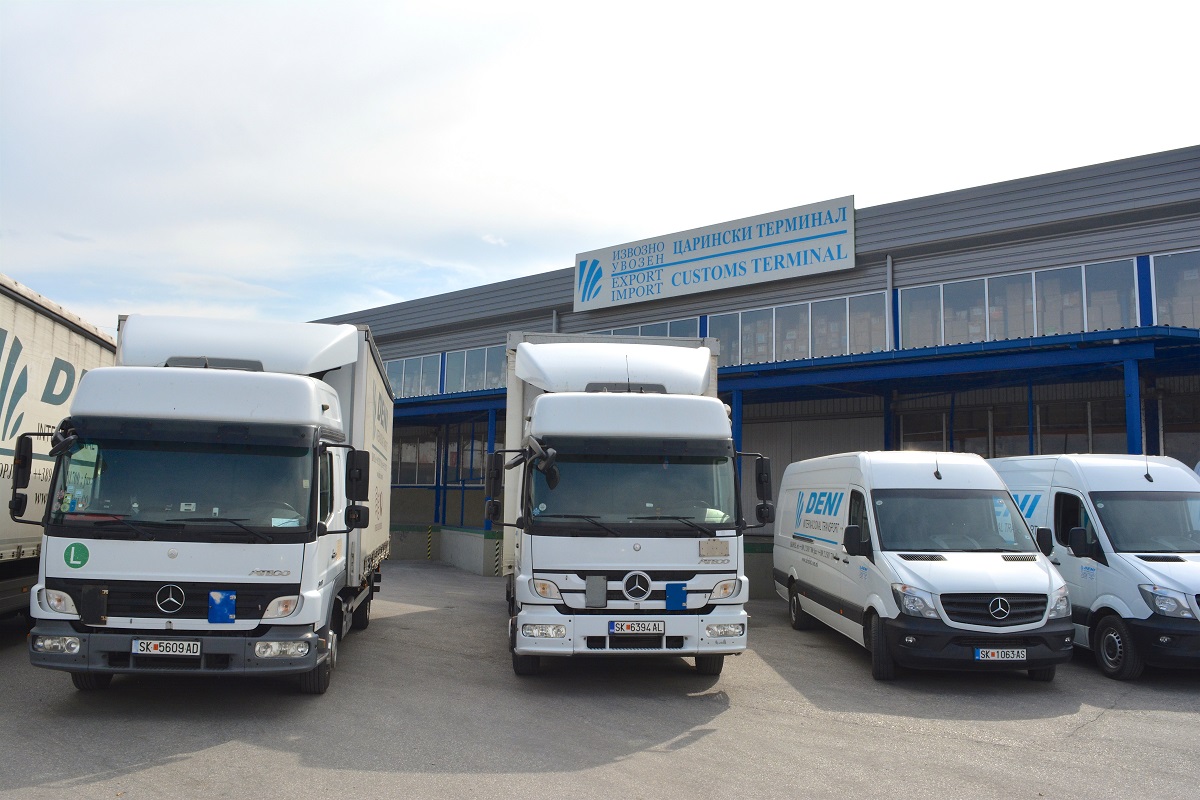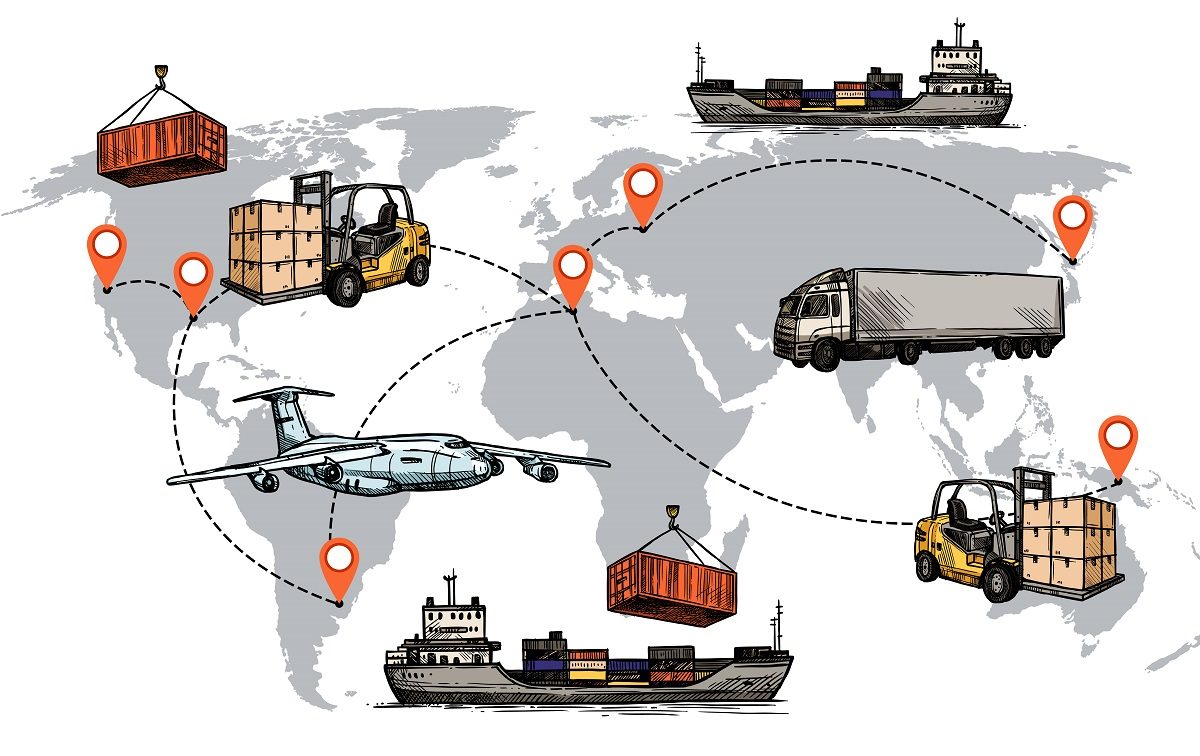Multimodal transportation is the shipping of goods performed by several modes of transport which is why it is also called combined transport. Despite the diversity in modes of transport, multimodality is made under a single contract which means there is only one bill of lading.
Also, there is only one provider who takes the responsibility for the cargo and its destination. Part of the international transport is multimodal and includes rail, road, sea, air etc.
What Is Multimodal Freight?
The movement is made with shipping containers that can easily move from one transport mode to another. Pickup and drop off modes are usually road, and in some cases rail, while the main transit includes ocean or air. The freight during multimodal transportation is easier to track because of the following:
- less communications
- improved routing
- shorter transit time
This mode of transportation influences the delivery time of the freight, the type of the freight, the budget restrictions and the final destination. Multimodal freight is handled by a multimodal transportation operator (MTO, or freight forwarder) who works on the behalf of the supplier and the buyer. MTO is responsible for effective and safe management of your freight.
What are the Advantages of Multimodal Transportation
Due to the new driving hour restrictions on truck drivers, road transportation takes longer shipping time if compared to previous years. The combination of multimodal transportation is needed for goods to make it from origin to destination port. Besides the main advantage being the ability to ship worldwide, there are other benefits of multimodal transportation, and they are the following:
- Less time and effort
- Cost reduction
- Handling and delivery time efficiency
- Increased transport security
- One contract to keep track of
- Easier freight tracking
Why is Multimodal Transportation Important?
Companies are looking for shipping companies all the time. Besides looking for quality services, they also need those who transit worldwide. Due to the unavailability of goods in countries, or a simple preference of the customers, a single mode of transport is sometimes not enough.

Continually, multimodal transportation offers customers and businesses to search for a shipping company that helps them choose the transit mode for their freight. More importantly, multimodality includes door to door delivery in their services which probably makes it the most preferred in the transportation industry.
What Is The Difference Between Multimodal and Intermodal Transportation?
Intermodal and multimodal transportation have a lot of differences but they have one thing in common – they both include several shipping modes. To mention a few, the difference between Intermodal transportation and multimodal is in the contract.
As shown above, multimodal transportation includes only one contract for the entire shipping. On the other hand, Intermodality is handled by several shipping companies and they all operate under multiple contracts, meaning each carrier provides a separate bill of lading. That is, one or more contracts for each transport mode including rail, road, ocean, or air.
During the process, the shipper also, has contracts with every carrier involved in the Intermodal freight . Multimodality is much simpler because one company can handle all the movement. Also, you can hire an agent to do the negotiation with the shipping company and he will be managing the handling, loading and delaying of the freight.
Final Thoughts
The advantages of multimodal transportation are plenty. Companies and businesses use this mode of transport because it is a win-win for the carriers and the customers. Its simplicity in the contract and the cargo flexibility makes it the most efficient among businesses.



